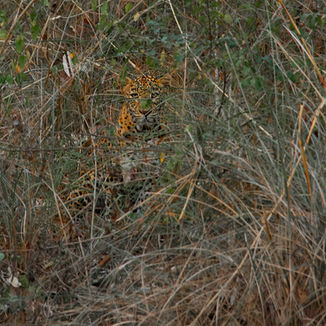

The Western Ghats is an extraordinary range of mountains that run parallel to India’s western coast. Older than the Himalayas, they traverse the States of Kerala, Karnataka, Tamil Nadu, Goa, Maharashtra and Gujarat. They stretch 1600 km from the northern Vindhya-Satpura ranges to the country’s southern tip, interrupted only by the 30 km Palghat Gap.
Although considered one of the world’s most treasured biodiversity ‘hotspots’, we often overlook the value of Western Ghats in our country. For being under 6% of India’s land area, they hold about a quarter of all plant, fish, reptile, bird and mammal species found in the country (1).
Distinctive ecosystems thrive: from swamps and seasonal wildflower meadows, to wet evergreen forests and mountainous grasslands, and the singular Shola ecosystem which intersperses the latter. This exceptional level of biological diversity and ‘endemism’ - wherein species are exclusive to a particular region - is a significant characteristic. It supports the growth of numerous medicinal plants and wild relatives of grains, fruit and spices, which make for key genetic resources.
It is home to several endemic species of charismatic fauna, including the single largest population of globally threatened species such as the Asian Elephant, Gaur and Tiger. Endangered species such as the lion-tailed Macaque, Nilgiri Tahr and Nilgiri Langur are unique to the region.
The Ghats provide and protect, acting as a key barrier that intercepts the rain-laden monsoon winds. Perpendicular to the south west monsoons that sweep in from the Arabian Sea during late summer, they facilitate plenty of rainfall and help with climate control. The almost continuous forests and mangroves along the coast play a vital role in carbon sequestration and reduction of global warming. Favourable weather patterns and the high gradient has resulted in high speciation: the formation of new and definitive species in the course of evolution.
The Western Ghats’ historical and geographical symbolism is incredible, relating not only to the formation of India into an isolated land mass but, well before that, to the breakup of the ancient supercontinent of Gondwana in the early Jurassic period.


SHOP
CONTACT US
© All images on this page are the work and property of Siddarth Machado and Nirupa Rao

